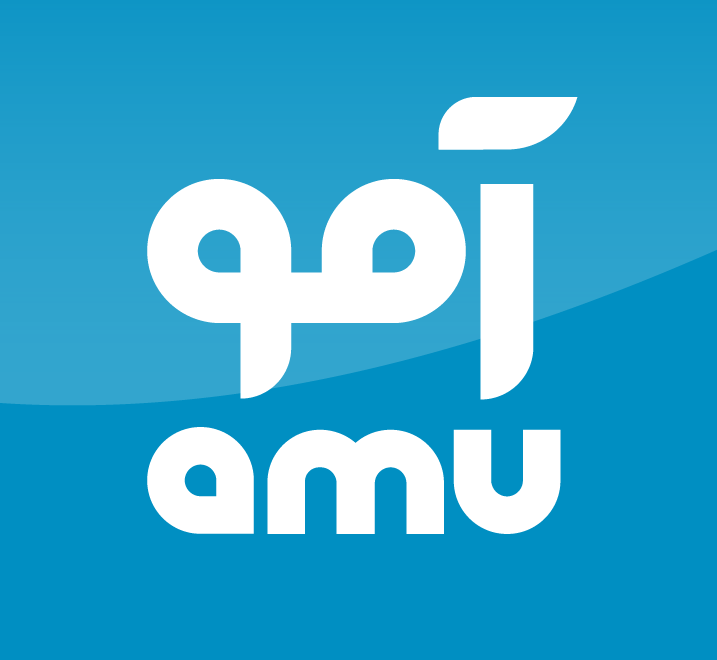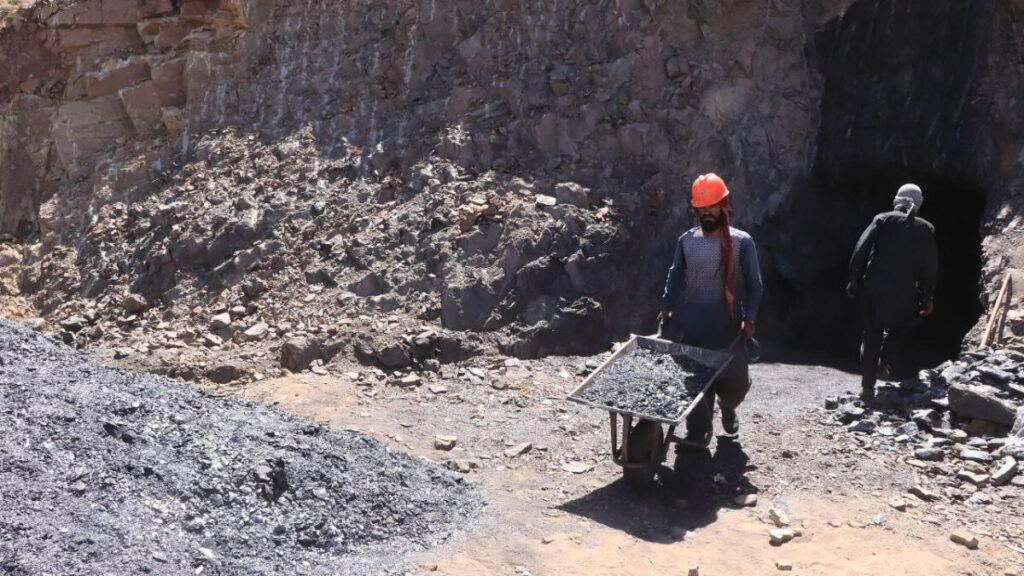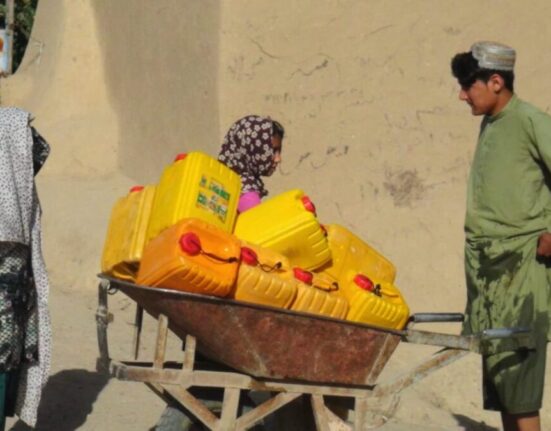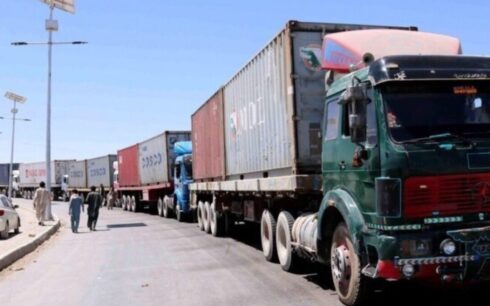KABUL, Afghanistan — Afghanistan’s mining sector generated nearly $100 million in revenue over the past year under Taliban rule, according to figures released by the Taliban-run Ministry of Mines and Petroleum.
The ministry reported that revenue from crude oil sales exceeded $80 million, while zinc sales contributed $17.8 million. An additional $1 million came from the extraction of salt minerals. The bulk of the crude oil revenue was derived from the Amu Darya oil field, while zinc mining in Bamyan Province also accounted for a significant share of income.
Mining revenue, along with customs duties, forms the backbone of the Taliban’s budget. However, the group has refrained from sharing details about how this income is spent, fueling public skepticism.
Growing Secrecy Over Revenue
Since the appointment of Hedayatullah Badri, a UN-sanctioned Taliban member, as Minister of Mines and Petroleum in July 2024, the ministry has significantly curtailed its reporting on mining sales. Official data shows that while over 95 percent of mining revenue was reported in the first seven months of 2024, the past five months have seen a steep decline in transparency, with just $1 million in revenue publicly reported.
Citizens and critics have expressed concerns about the lack of accountability regarding the use of Afghanistan’s natural resources.
“Mines are a national treasure and should be used in ways that benefit the people,” said Mirwais, a resident of Herat. “The public should know how the revenue from the mines is collected and where it is spent.”
Many Afghans say the Taliban’s focus on mining projects has excluded local communities from benefiting from their region’s resources.
“Since the Taliban took over Afghanistan, they have set their sights on the country’s mines, signing contracts for various projects,” said Maryam, another Herat resident. “Now they earn significant revenue, but they hide how it is spent. Mines in Herat are being extracted and sold, but no services are provided to local people.”
The Taliban have contracted numerous mining projects to private companies, many of them Chinese, but have faced criticism for failing to invest in infrastructure or services for affected communities.
Afghanistan’s vast mineral wealth, which includes copper, lithium, and rare earth elements, has long been viewed as a potential driver of economic growth. However, the secrecy surrounding mining revenues under Taliban rule has raised fears of resource mismanagement.
For now, the Taliban appear to be relying heavily on the mining sector to finance their government. But without greater transparency and investment in local communities, the long-term benefits of Afghanistan’s mineral resources remain uncertain.





